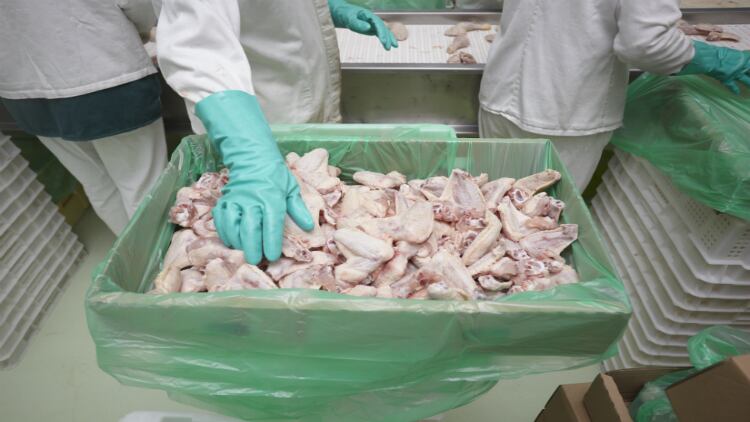In a review conducted by EFSA that covers the entire slaughter process from arrival and unloading of birds through stunning to bleeding and killing, it identifies the most hazards that give rise to welfare issues – such as pain, thirst, hunger or restricted movement – and proposes preventive and corrective measures where possible.
The report found that most of the hazards are the result of staff failings such as lack of training and skilled personnel. In total, 35 welfare-related hazards were identified, from arrival of the birds at the slaughter plant until they are dead. Some of these hazards are common to different phases of the overall process. EFSA estimated that ack of staff training is a major contributor to many of the hazards, causing 28 out of 35 hazards.
It advised that that staff training was the most important tool in preventing animal welfare hazards, even above slaughterhouse design.
EFSA made a list of 18 recommendations for the poultry industry to help avoid these hazards. These include constant assessment of the birds, slaughtering be carried out by trained personnel, implementation of back-up stunning methods should the first one fail and prohibiting of shackling birds while conscious.
This report is the first in a series of updates on welfare of animals at slaughter requested by the European Commission. EFSA will publish further opinions in 2020 on pigs (March), cattle (June), and other species (December). The findings will be used by the European Commission in discussions with the World Organisation on Animal Health (OIE) aimed at aligning approaches to animal welfare at slaughter.




